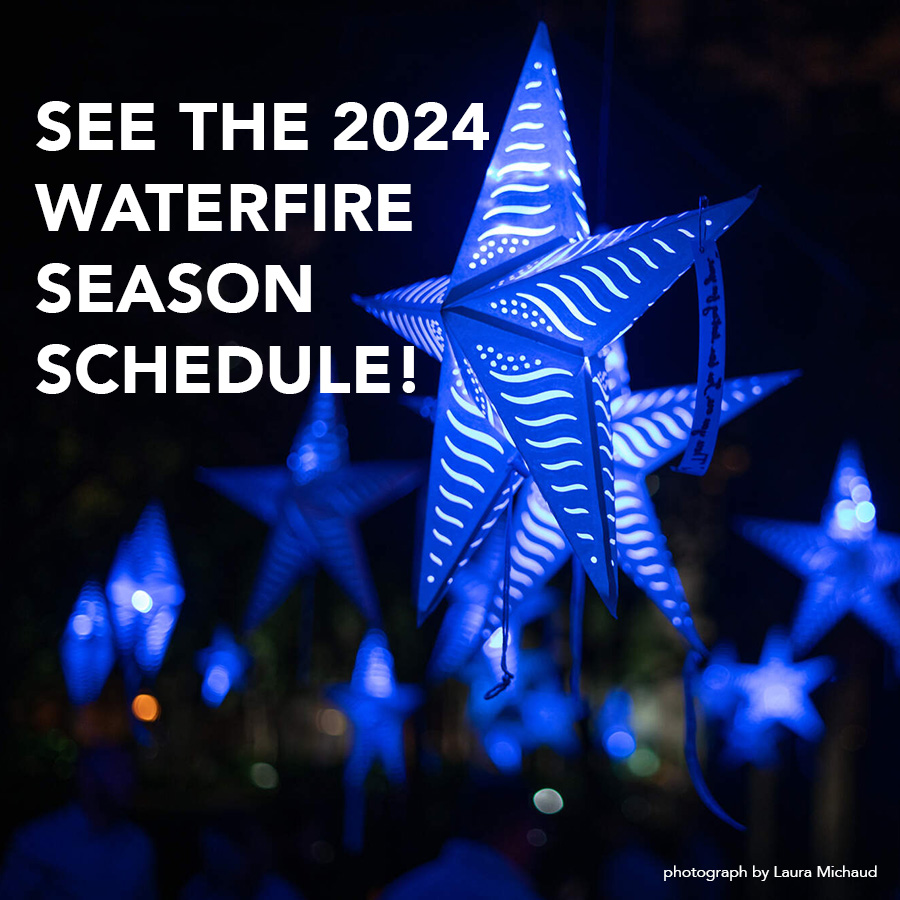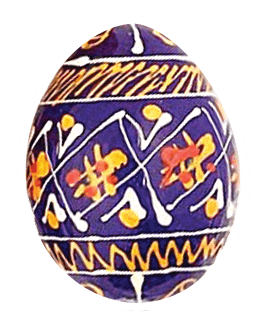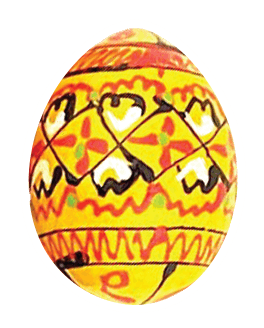Water, fire, wood, stone, and mesmerizing sounds permeate the art installations of Barnaby Evans. His ability to harmonize primary materials and elements of the everyday with ritualistic features positions Evans’ designs beyond the apparent contrasts of Eastern and Western, religious and secular, private and public. In fact, Evans’ desire to evoke an environment larger than the immediate physical surroundings of his projects informs his visionary pieces and moves them into a spiritual realm unshackled by predictable signs and symbols. Be they exhibitions mounted inside the museum, such as Rikyu’s Second Dream, or monumental endeavors launched outdoors, namely Providence’s WaterFire, Evans’ artworks momentarily transform their mundane contexts into fluctuating sites of numinosity that operate simultaneously at the levels of intimate contemplation and epic mystery.
Water looms especially large in the mixed media employed by Barnaby Evans. Water is the primordial amorphous matter from which continents are thrown up and life is derived and sustained. Conversely, it is also a substance with the power to overwhelm, dissolve, and destroy forms and shapes submerged in it. Indeed, the universal symbolism behind baptism, purification, and conversion resides in the metaphorical death and dissolution of a previous life and the subsequent rebirth to a new existence through the undifferentiated agency of water. Just as the divine spirit of Genesis moves over the face of the waters in order to execute the first act of creation, Evans’ artistic preoccupation with water manifests itself most vividly in the conception of WaterFire. Here, water performs double duty as the visual magnet of the piece and as the equivocal, ever-changing backdrop to animated piers of fire. It is precisely Evans’ preference for water — an amorphous entity lacking form — that makes it such an interesting choice for art, an exercise all about form.
Fire signifies the salient mainstay of Evans’ work, as well as the indeterminate and annihilating counterpart to water. Fire further evokes fleeting images of sacrifice, the ritual locus for communal burnt offerings and water libations in many ancient and modern religions. The visual and symbolic relationship of WaterFire’s braziers to altars on their pedestals is unmistakable. Columns of fire, rhythmically stationed along the downtown rivers’ main artery, tentatively imply hierophany — the appearance of the divine in the human world. Such intrusions have traditionally been the signature of sacred spaces and are often indicated by images of fire: a burning bush, a pillar of fire, a blazing chariot, a lightening bolt, a votive flame, the conflagration of apocalypse. The powerful convergence of these charged elements in Evans’ works is greater than the sum of their parts, compelling the spectator to contemplate a range of aesthetic and spiritual associations beyond mere material context.
Evans transforms the commonplace real estate of downtown Providence by pitting water and fire — mutually incompatible, yet complementary properties — in visual and symbolic proximity and tension with one another. When the last fire burns out, the installation site returns to its mundane usage and existence, placing the spiritual significance of the landscape in constant flux — the unmistakable sign of a vital, living space.
Joan R. Branham, Associate Professor of Art History at Providence College, works on theories of sacred space in ancient and medieval cultures. During the 2001-2002 academic year, she will hold the position of Research Associate and Visiting Lecturer at Harvard University. (Adapted from “Ritual Elements in the Art of Barnaby Evans,” Exhibition Notes: The RISD Museum, no. 7, Summer 1999.)









